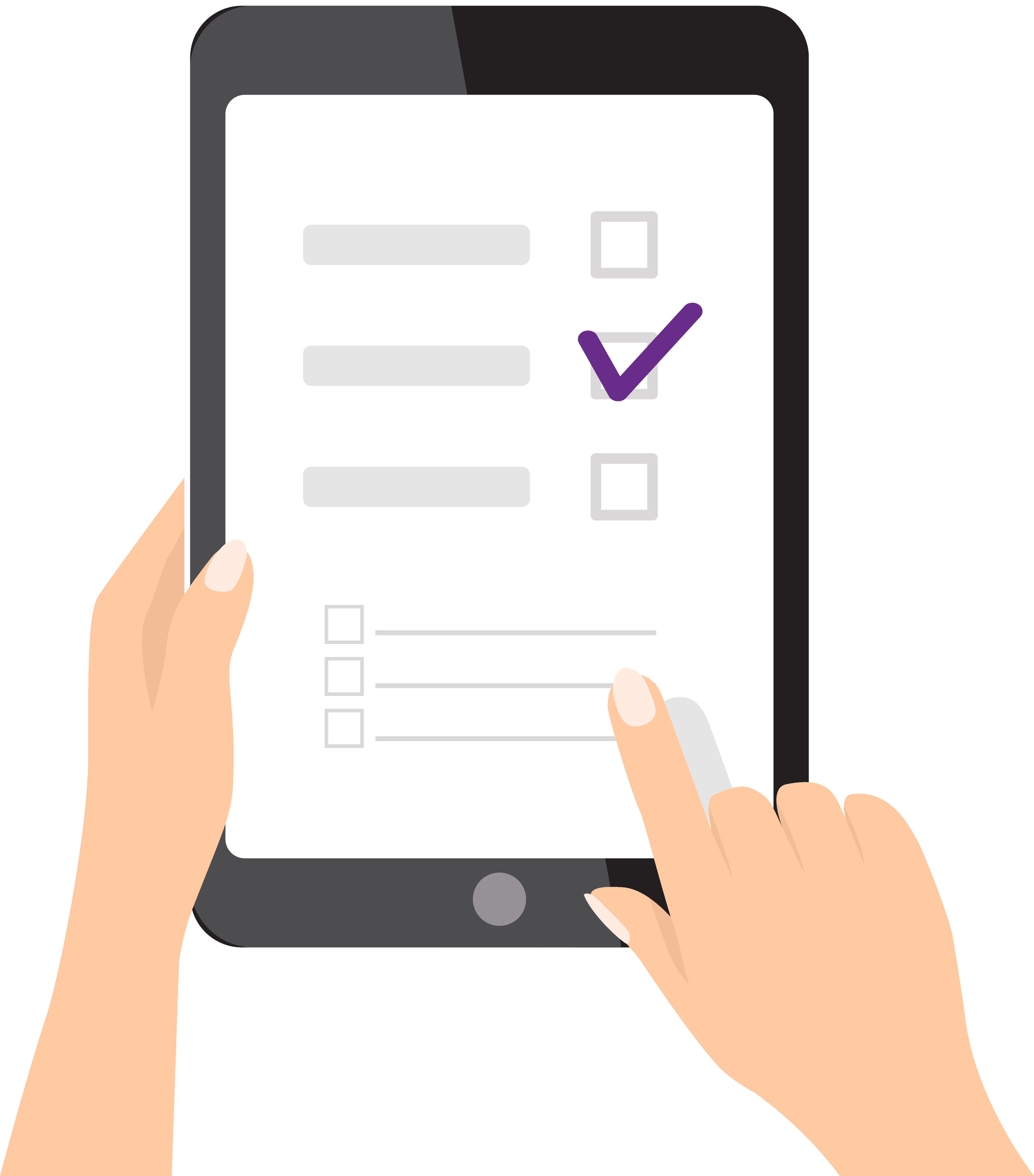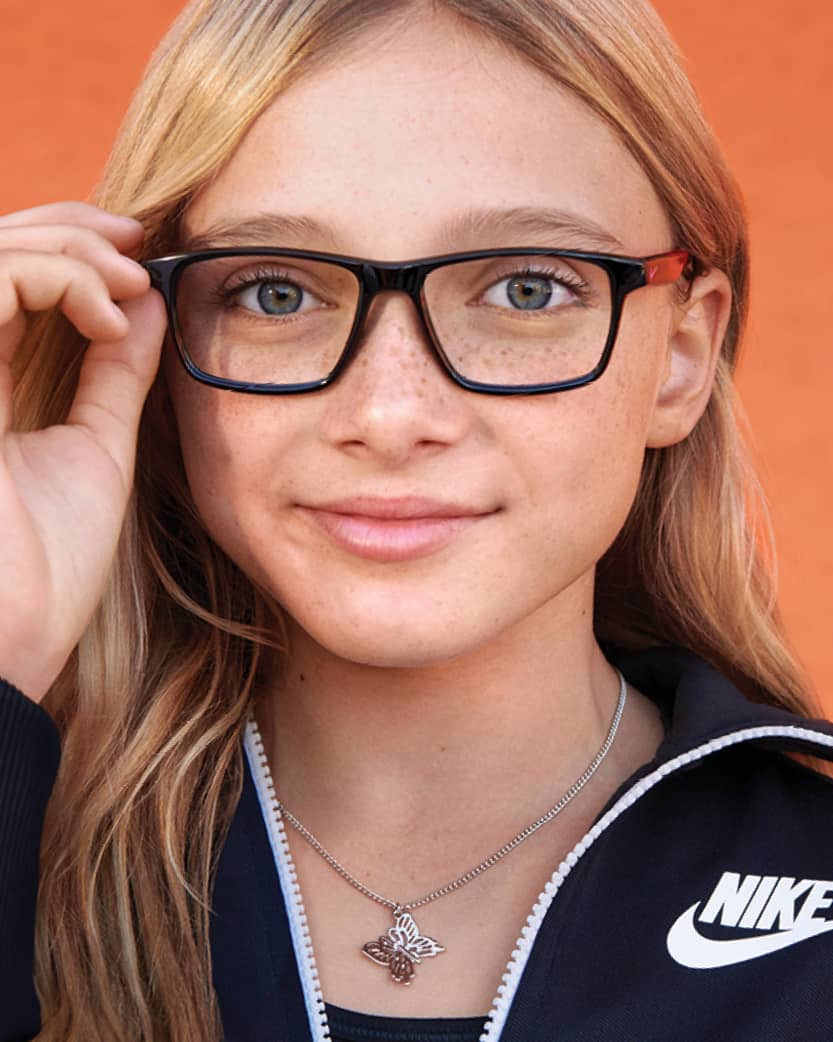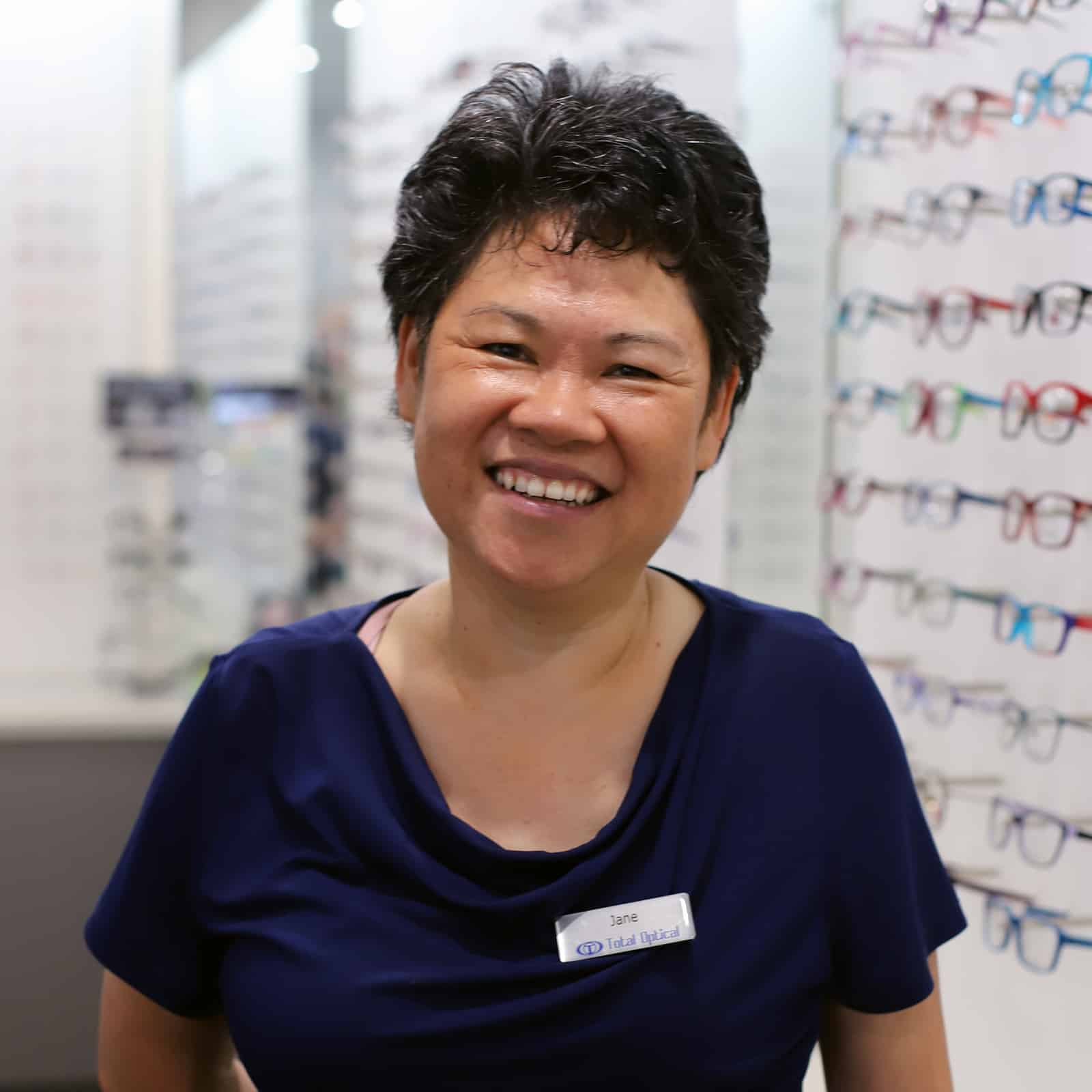Of the 4 million children in Australia aged under 12 years, one out of five will experience a vision problem. Vision problems rarely threaten a child’s sight, but can prevent normal development. Some vision problems may interfere with learning and hinder participation in sport.
Vision is a learned skill, similar to walking and talking. Infants are born with components of the visual system in place, such as the eyes, optic nerve and brain, but it is after birth that growth, development, coordination and fine tuning of the visual system occurs.
Learning is accomplished through complex and inter-related processes and your eyes play a fundamental factor in thinking and learning. Early detection and treatment is imperative.





